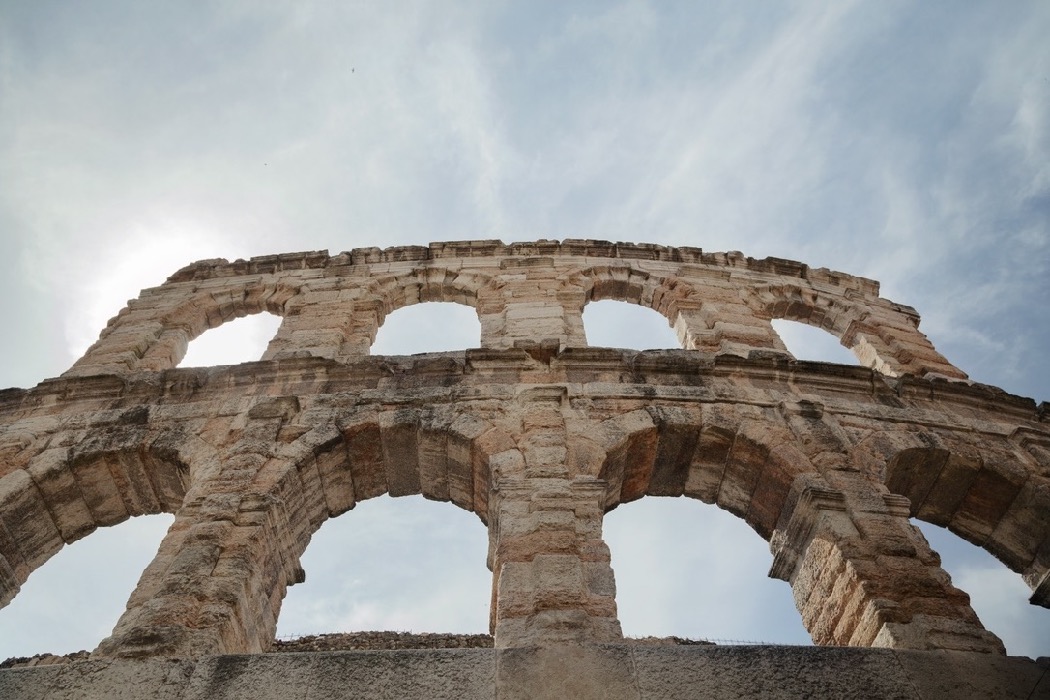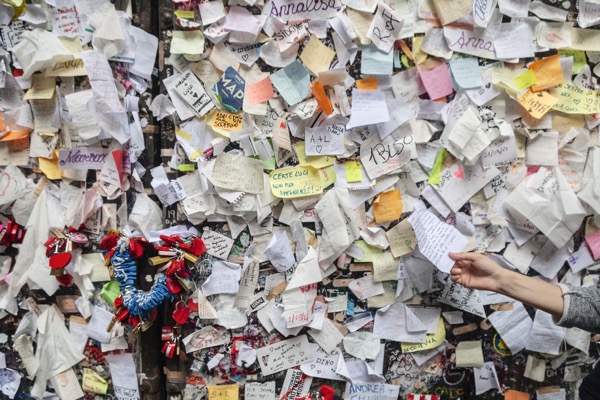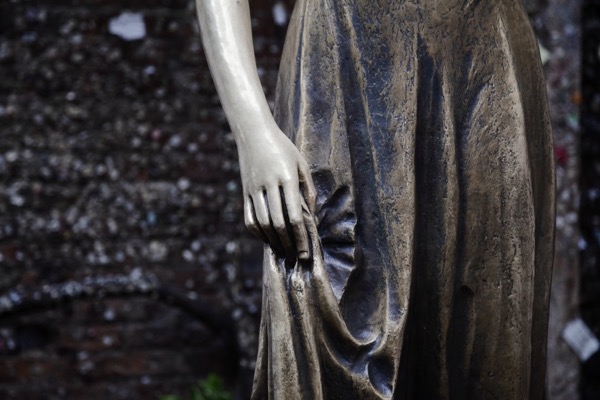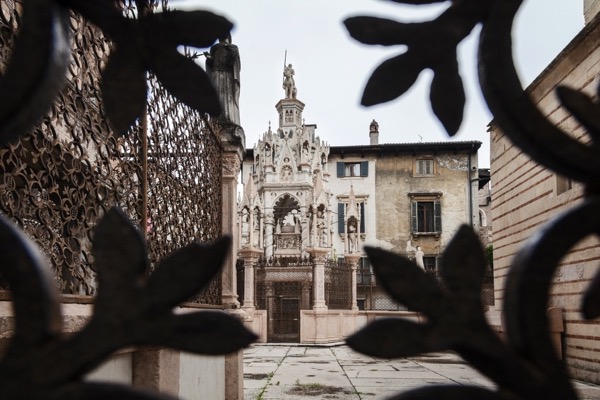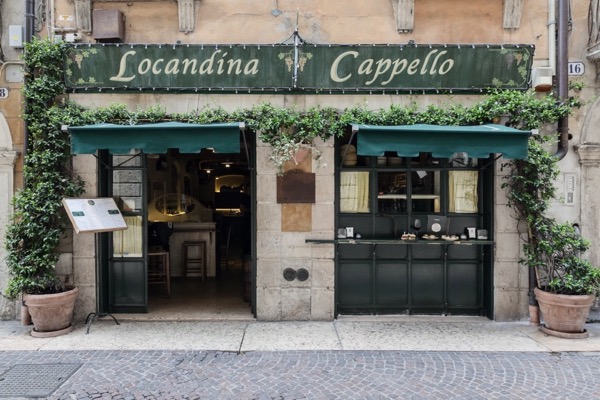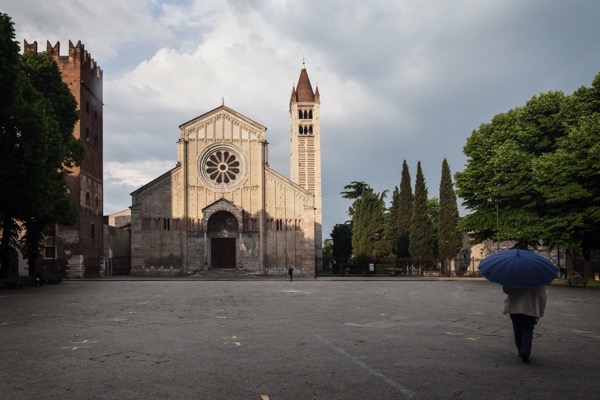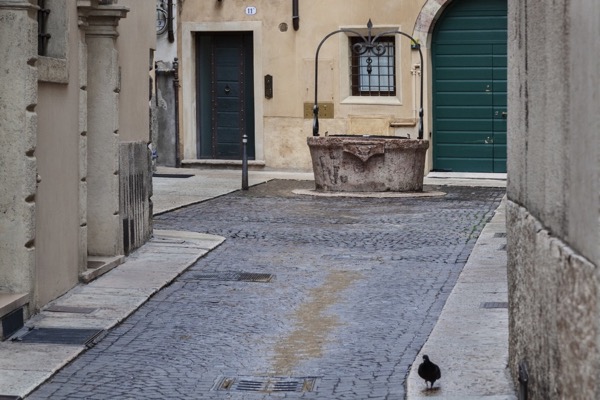“There is no world without Verona walls. But purgatory, torture, hell itself.” The words of Shakespeare, in the theatrical text of the most famous love tragedy in the world, reminders of which are in every corner of the city. In summer, Verona offers, among numerous other events, the impressive spectacle of opera in the Arena. The rest of the year, it welcomes you on the banks of the river Adige, which embraces the historic centre as a lover embraces their partner. So, I’d say you’d better come inside the walls and discover Romeo and Juliet’s homeland for yourself!
Start your itinerary at the courtyard of Juliet’s house, where you’ll see the fake balcony. The ingenious mind of Antonio Avena, historian and champion for the protection of Verona’s artistic and architectural heritage, made this place famous the world over. Inspired by Francesco Hayez’s painting “L’ultimo bacio dato da Giulietta a Romeo” (The last kiss of Romeo and Juliet), in 1920, Avena renovated the entire building, adding an old Scaliger Tomb as a balcony and passing it off as the one described in the Bard’s tragedy.


